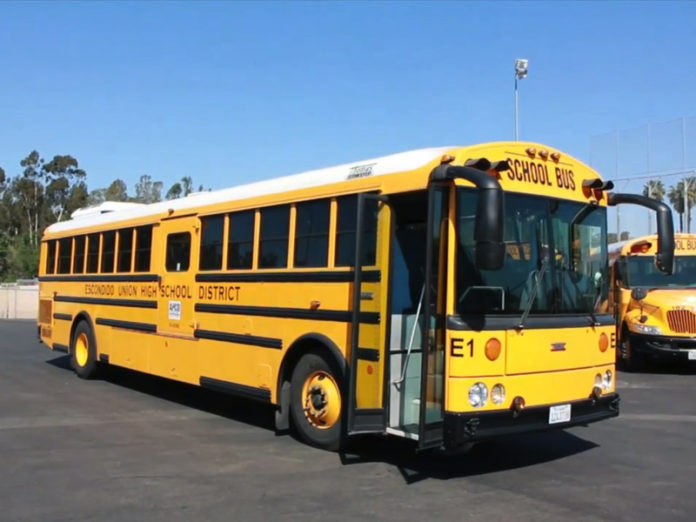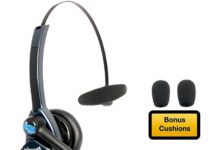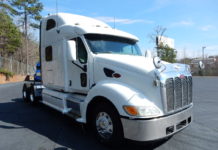Class B CDL License
For those of you looking to get your Class B CDL, it’s a great time to get into the trucking industry. It’s no secret that the truck driver shortage is growing and with a positive 2017 outlook for trucking, the opportunities are going to be everywhere.
Professional drivers are in high demand across the United States right now. Trucks haul everything that our nation needs to survive, from food and beverages to fuel and construction materials. Without trucks on the road our towns would shut down. Because of this demand for drivers, there is an increased interest in the career opportunities presented by obtaining a CDL and becoming a professional truck driver. However, knowing exactly which class of CDL you need to get is the key to making sure you actually get the career you want.
What’s The Difference Between Class A & Class B CDLs
There are three classes of CDLs issued in the United States – Class A, Class B, and Class C. Each of these classes has its own set of features that make it unique from the other two. The two most popular licenses are the Class B and the Class A.
The Class A CDL encompasses every commercial vehicle on the road, including tractor trailers. The Class A is a license issued for drivers who will be driving combination vehicles, such as a semi with a trailer. A truck driver is required to have a Class A CDL when the vehicle he is towing is in excess of 10,000 pounds.
The Class B CDL is designed for single unit vehicles, or combination vehicles that exceed 26,000 pounds. However, the towed unit of a combination vehicle cannot exceed 10,000 pounds in order to be qualified as Class B. A dump truck driver is a good example of a Class B CDL holder. School bus drivers are also required to hold at least a Class B CDL with a passenger endorsement.
Who Needs A Class B CDL?
Since the federal government deregulated the trucking industry in the late 1980s and early 1990s, the CDL has become a necessity for commercial drivers. Any passenger vehicle that can transport more than 16 passengers and weighs more than 26,000 pounds is required to be operated by a driver with a Class B CDL.
Dump trucks, school busses, large motor coaches, and many other vehicles fall in the Class B category. Drivers who wish to drive one of these vehicles will need to check into their state’s requirements for a Class B CDL.
What Are The Benefits Of A Class B?
Drivers who operate Class B vehicles do not usually hold positions that require long time periods away from home. Over the road drivers who operate with a Class A license may spend weeks and even months on the road without taking time off at home. However, jobs like driving a dump truck or school bus will often allow you to simply work a standard 5 day work week and go home every night. If traveling is not your favorite thing, then a Class B CDL might be the license of choice for you.
Choosing to become a professional driver is an important decision. The one thing to remember is that you’re not just signing on to a job, you are taking part in a lifestyle. Opting to be a driver means you are joining an elite community of highly trained individuals with unmatched skills in what they do. Make sure this career choice is the right one for you, then take the steps to get started.







[…] Class B CDL Training […]
[…] first step is to acquire your Commercial Driver’s License, or CDL. A CDL is required to operate several different categories of vehicles within the United […]
Comments are closed.